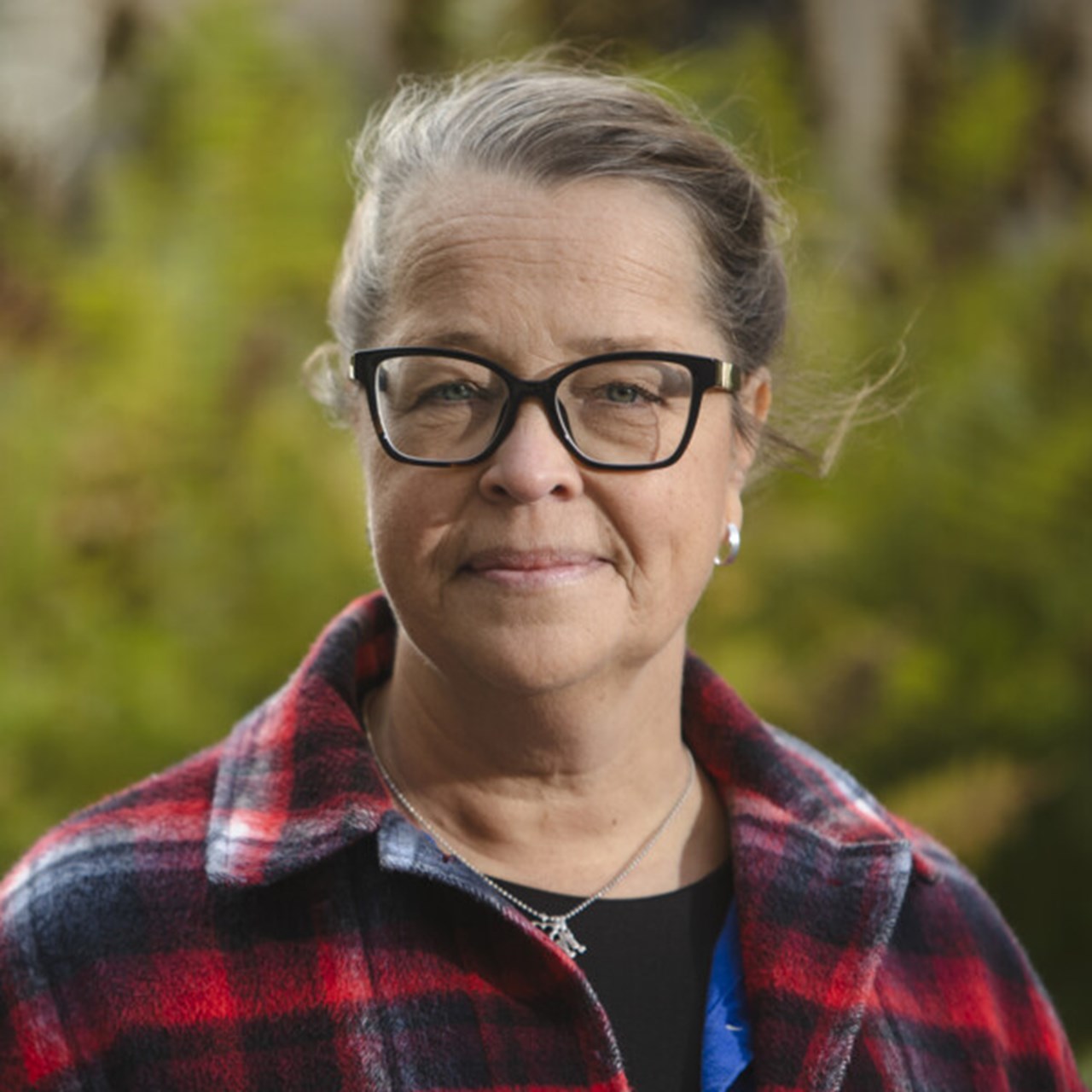More about Åsa Carlsund
Lives: Umeå
Comes from: Östersund
Family: Husband and two children
Hobbies: Cross-country skiing, cycling, walking in the woods, fixing old furniture, sewing clothes, and reading

PROFILE Communicating clearly is generally important, but in the nurse's field vital. It can be the communication between colleagues, as well as between healthcare professionals and patients or relatives. Communication is now secured as a strong track throughout the nursing program.
